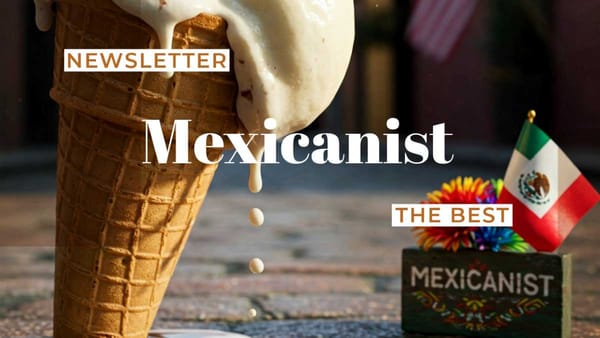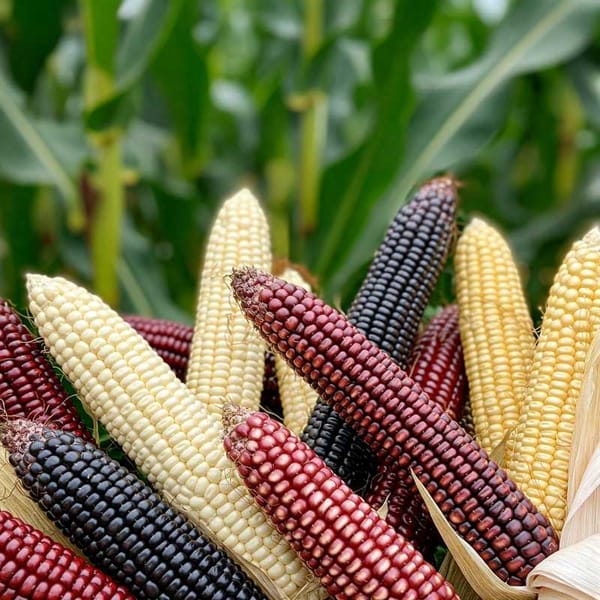How Hernán Cortés Brought Chorizo Sausage to Mexico
Discover the history and evolution of chorizo in Mexico, from its introduction by Hernán Cortés to its status as a beloved staple in Mexican cuisine. Learn about traditional chorizo-making techniques and the various ways this flavorful sausage is used in dishes.





